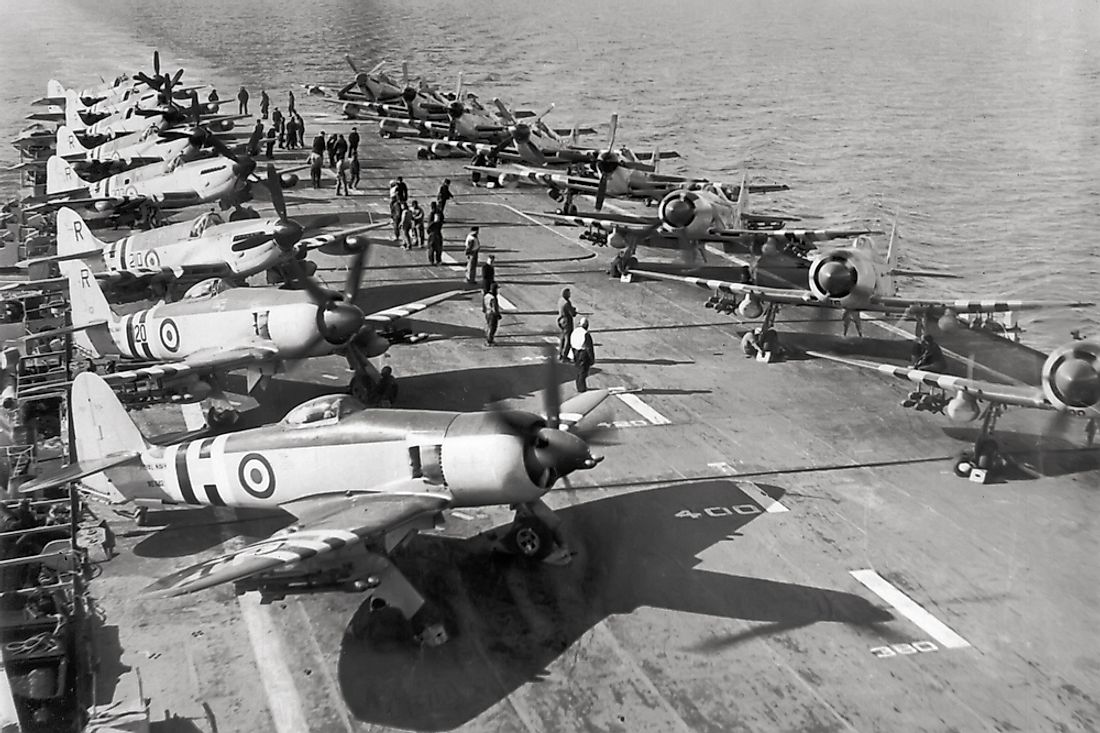
Major Battles Of The Korean War
Starting only five years after the untold devastation of the Second World War, the Korean War ushered in a new age of proxy warfare between the two emergent superpowers. The United States of America and the USSR. Capitalism versus communism. Geopolitics aside, the war in Korea led to the deaths of nearly 2.5 million people and the permanent separation of a once united and unified nation. The scars of this conflict live on today between the Republic of Korea in the south and the Democratic People's Republic of Korea in the north.
The First Battle of Seoul - June 1950
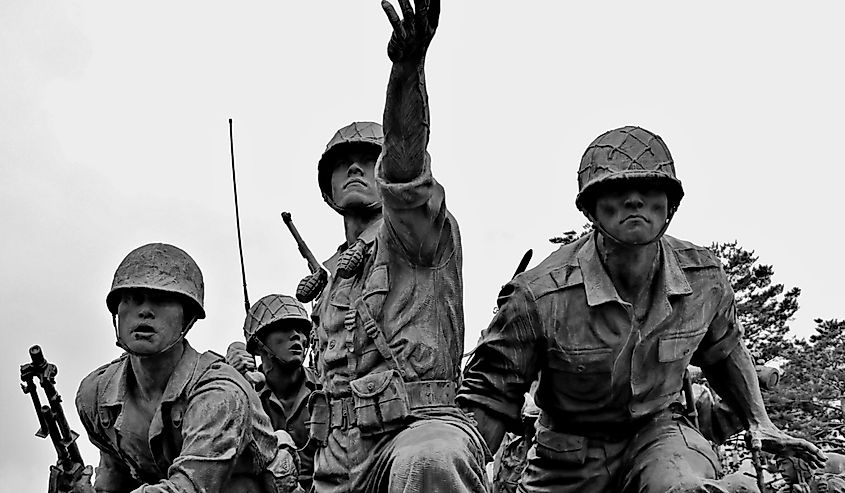
The war first began in the summer of 1950 with a surprise attack by the Soviet-backed North Korean army. A series of devastating artillery barrages followed up by blitzkrieg-like tactics pushed the unprepared and poorly equipt South Koreans back with relative ease. Within a matter of hours, almost 100,000 North Korean personnel poured over the 38th parallel and surged toward the capital of Seoul. Only a few days after the initial invasion, the North Koreans reached Seoul. The North's speed and maneuverability allowed them to set up in much more favorable positions than the defenders of the city.
Many of the South Korean forces retreated and left the city wide open for the taking. As the North Koreans enveloped the city they blew up a major bridge leading south across the Han river, one of the main avenues of escape for both civilians and soldiers alike. As they took the city, there were many instances of mass killings, executions, and other brutalities.
The Landing at Inch’ŏn - September 1950
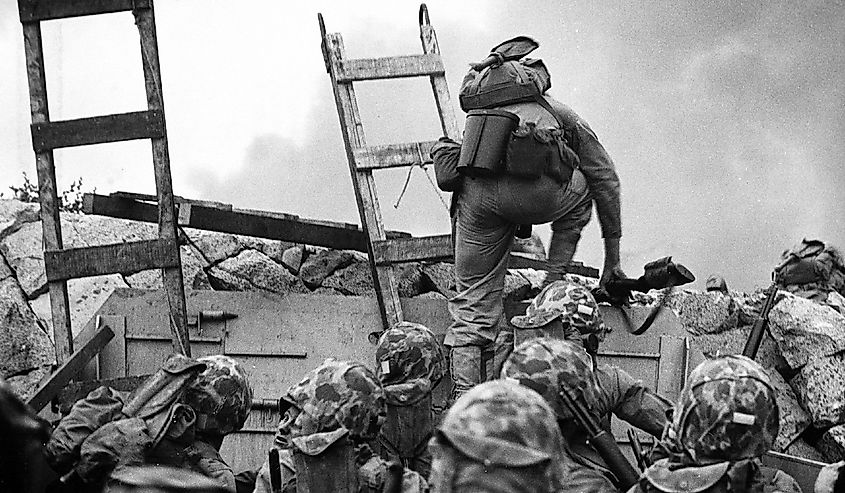
With the world watching and the South Koreans on the back foot, the United Nations passed Resolution 83 allowing all member nations the authority to send military personnel in the defense of South Korea. American forces staged in Japan were quick to act. General Douglas MacArthur, a hero of the Second World War, planned an amphibious assault. The aim of this attack was to release the pressure that was being put on the already waning Southern forces in Pusan and to threaten the flank of the North.
With much of the North Korean army focused on stamping out what remained of the South in Pusan, the American landing at Inch’ŏn was a resounding success. The American Marines easily pushed back into Seoul and recaptured the city. From the perspective of the North, this was nothing short of a calamity. With a large American force now suddenly behind them, the army panicked. In the confusion, the South Korean forces at Pusan were able to take the fight to the invaders.
In the following weeks, coalition forces took nearly 125,000 North Koreans as prisoners. The Communists that remained fled back across the 38th parallel to lick their wounds. American and UN forces changed their focus to push into the north and extinguish the communist threat. However, this dream was quickly crushed by Chinese involvement.
Battle of Unsan - October 1950
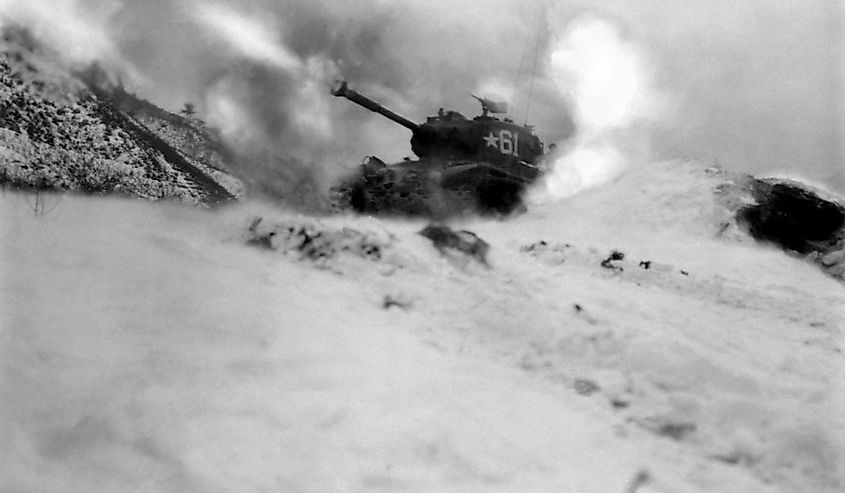
By the end of October, much of the North Korean military had fallen. American, UN, and South Korean forces had all but won the war. Douglas MacArthur who was a hero for his ingenious involvement in the Inch’ŏn landings had now reached an almost celebrity-like status. Despite his military genius MacArthur was overconfident and paid little attention to the reports of Chinese personnel massing at the Korean border.
On October 25th, the Chinese military launched an invasion of Korea from the north with the goal of pushing back the coalition troops and ensuring a communist state would exist on the Korean Peninsula. The Chinese first clashed with American and South Korean forces at Unsan. Taking the coalition completely off-guard, they were easily sent back by the numerically superior Chinese army. A mass retreat soon began and UN forces fled to the banks of the Ch’ŏngch’ŏn River.
Chinese involvement guaranteed that this war would be anything but quick. What was once hoped to be a speedy mop-up of communist guerillas in the Korean countryside turned into a grueling war of attrition.
Third and Fourth Battles of Seoul - January and March
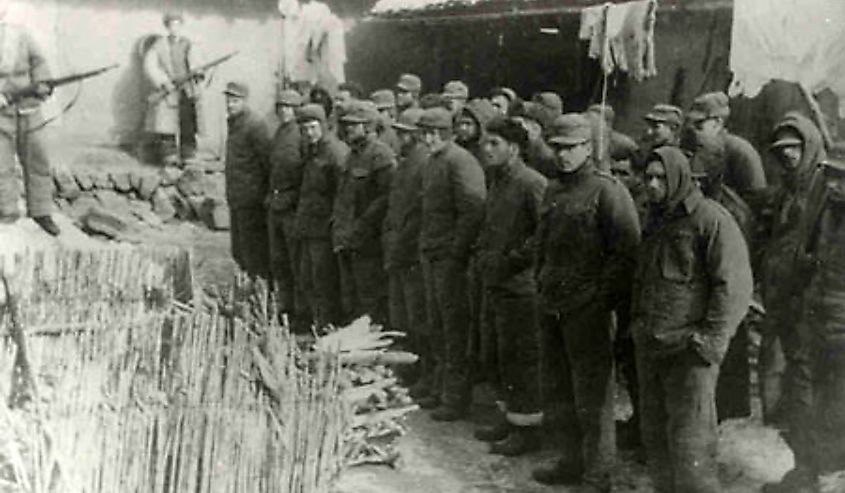
By November 1950 there were hundreds of thousands of Chinese soldiers surging toward the 38th Parallel. While there were considerable efforts to slow their advance by UN forces, there was only so much they could do. In early January the Chinese were already bombarding Seoul. The large-scale artillery barrages followed by mass infantry assaults were too much for the defenders of the city. Seoul fell once again on January 7th with both sides taking considerable casualties.
This was a huge victory for the Chinese. This win was the culmination of an already impressive series of victories. With the capital city lost and poor morale, there was talk amongst the UN command to abandon the war altogether. However, as the Chinese pushed deeper into Korea they ran out of momentum and soon found themselves overextended. The UN leadership recognized this and was quick to capitalize.
Only two months after Seoul's recapture, UN forces launched a daring attempt to wrestle Seoul from the communist forces. Also known as Operation Ripper, American, and South Korean troops were able to outmaneuver the Chinese and North Koreans and attacked them at their weakest points. Brutal city fighting soon took place and claimed the lives of thousands. Despite the intense fighting, the communists retreated from the city by March 15th. This would be the last time Seoul changed hands for the rest of the war.
Battle of Kapyong - April 1951
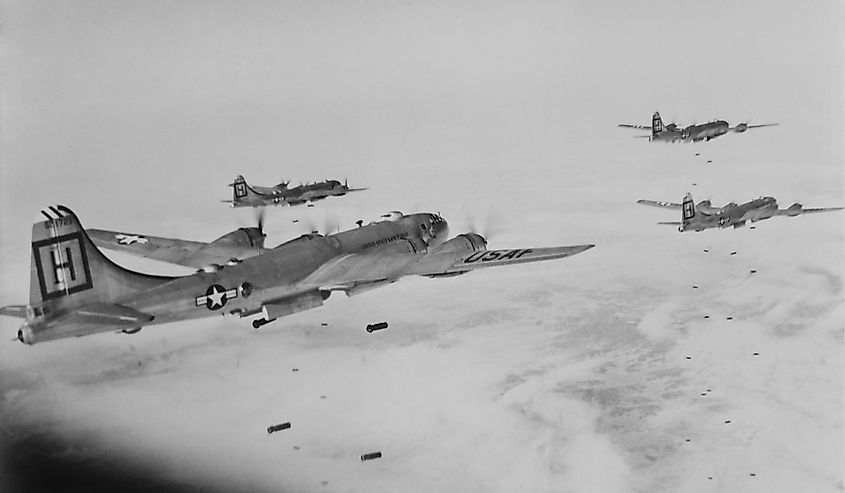
After the final battle of Seoul, the Chinese and North Koreans were pushed back past the 38th parallel. Despite their loss, the Chinese were far from beaten. They created defensive positions along the border and further fortified them with a series of bunkers and trenches. Only a month after being routed from the south the Chinese launched a counter-attack against Seoul once again. The herculean actions of the Australian and Canadian forces in the area halted this offensive in its tracks.
Severely outnumbered, the Commonwealth forces were able to stall the nearly 10,000-strong force. Despite being overrun and encircled numerous times both the Canadians and Australians continued to fight on. After days of fighting the casualties the Chinese suffered were so great that they had no choice but to retreat and regroup.
Stalemate and Peace Talks - 1951-1953
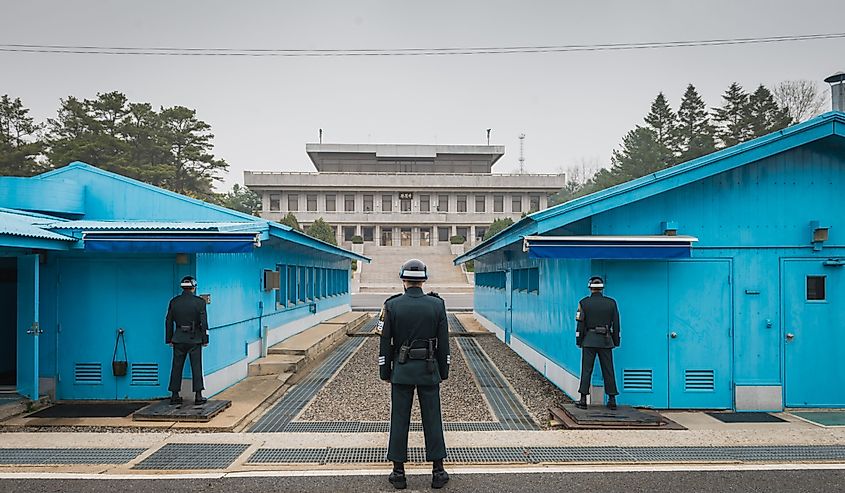
As the war dragged on, the battlelines of each side became clearer. While there were attempts to try and make territorial gains from both sides, each attempt was either repelled or resulted in negligible progress. The UN commanders had concerns that they would not be able to win a long and protracted war with China being in such close proximity. By the middle of 1951, the communist forces numbered well over 1 million soldiers with the UN forces amounting to around 700,000.
It is largely believed that the efforts made by the American airforce are one of the largest contributing factors to the stalemate. Constant bombing runs on Chinese positions and supply lines made it nearly impossible for them to gain the momentum necessary to launch another large-scale offensive. The Chinese made one final attempt to gain territory in 1953 but it did not result in anything too significant. It was clear that Korea was going to stay divided. On July 27th, 1953 representatives from The People's Volunteer Army and Korean People's Army signed an armistice and the fighting officially ended.
Summary
Today the Korean Peninsula remains divided. With the armistice still in place, there has been no fighting between the two nations for nearly 70 years. While South Korea has recovered from the war and turned into one of the most prosperous nations in Asia, North Korea remains an Orwellian hellscape. While unification might not be as far away as some people think, it is still an unlikely outcome in today's geopolitical sphere.











